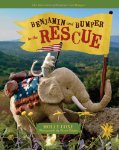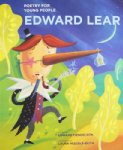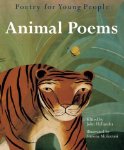I have lots of books on my shelves about the many different poetry forms that poets like to use. It is interesting to see how words can be used to create different moods and effects. Today's poetry title is special because it brings together lots of different poetry forms so that children can explore them with both their eyes and their ears.
 A Child’s Introduction to Poetry: Listen while you learn about the magic words that have moved mountains and made us laugh and cry
A Child’s Introduction to Poetry: Listen while you learn about the magic words that have moved mountains and made us laugh and cry
Michael Driscoll
Illustrated by Meredith Hamilton
Poetry anthology with an audio CD
Ages 8 to 12
Black Dog and Leventhal, 2003, 1-57912-282-5
If you think that poetry is strictly for learned professors
and students of English Literature you are about to discover that you couldn’t
be further from the truth. Poetry is all around us and we begin to hear it and
enjoy it from our very earliest days in this world. In the nursery we listen to
Twinkle Twinkle Little Star and other
nursery rhymes and then we move on, as we grow, to more complex poetry forms
such as nonsense verse, limericks, haiku, narrative verse, and lyric verse.
With plenty of examples
to show us what he means, the author introduces us to the major poetry forms.
He also gives us a lot of information about the historical and cultural
significance of many of the sample poems. As we read we are encouraged to
listen to the poems on the CD provided. Many of the poems will be old friends
like The Jabberwocky, Paul Revere’s Ride, and The Road Not Taken, while many others
will be new and beautiful pieces to listen to and explore.
In the second half
of the book the author introduces us to some of the greatest poets of all time.
From Homer to Robert Frost and from Shakespeare to Langston Hughes, this will
be a fascinating journey both from a historical and a poetical point of view.
This volume is
practically a complete poetry course in one book. It presents poetry in a fresh
and exciting way, helping the reader to see and appreciate that poetry gives us
a wonderful way to tell a story, to express a feeling, or to make a person
laugh. Michael Driscoll is a creative and inspired writer who knows how to make
the study of literature both interesting and entertaining.







